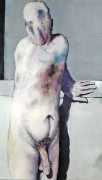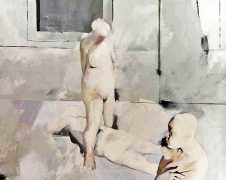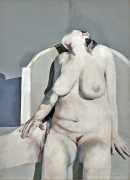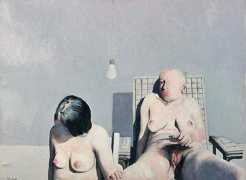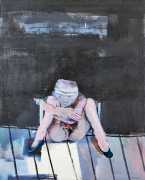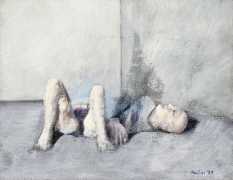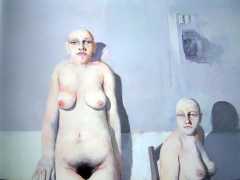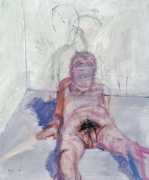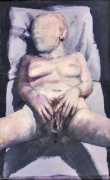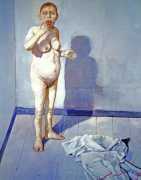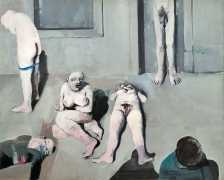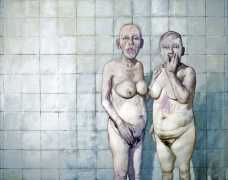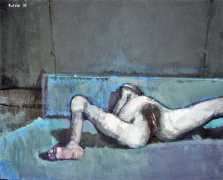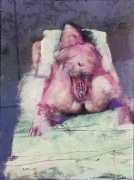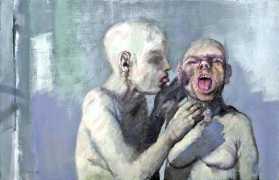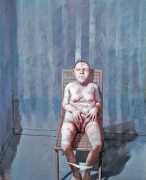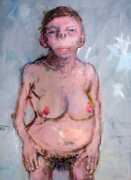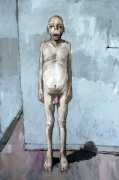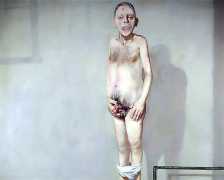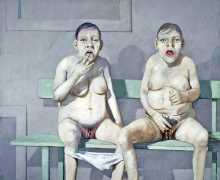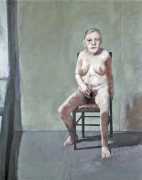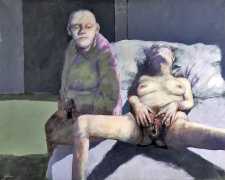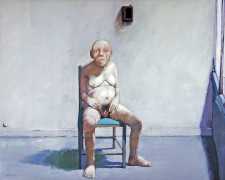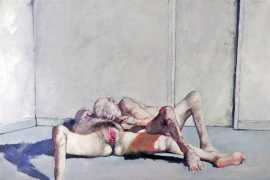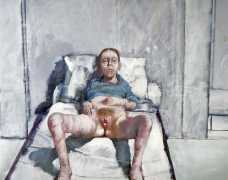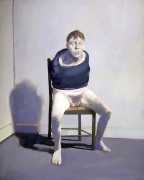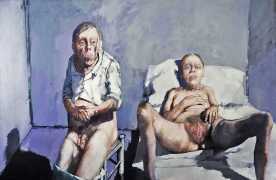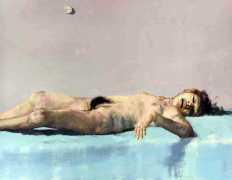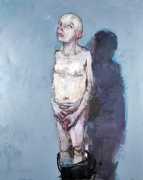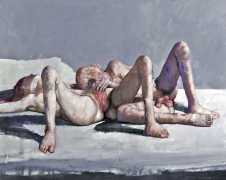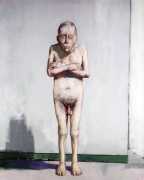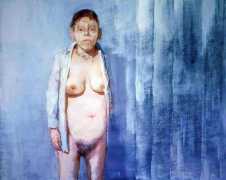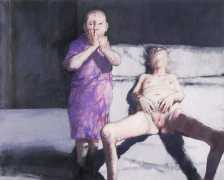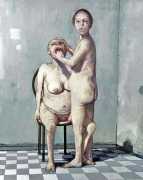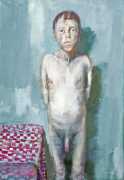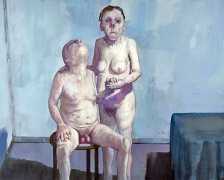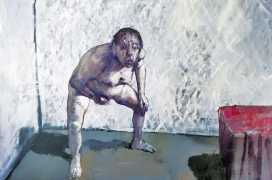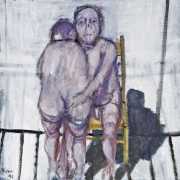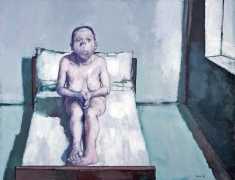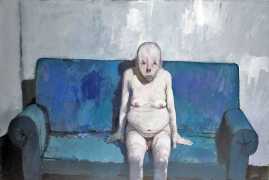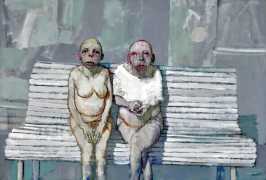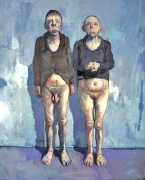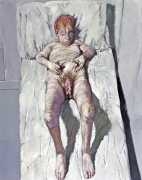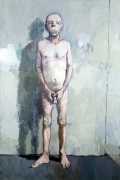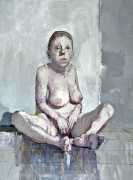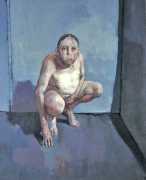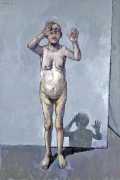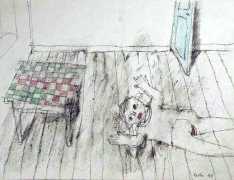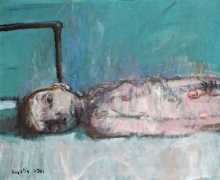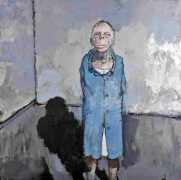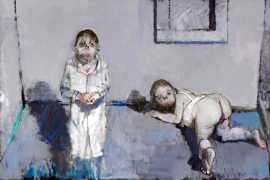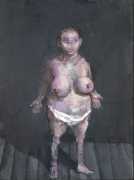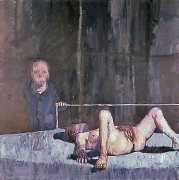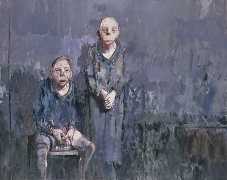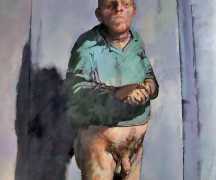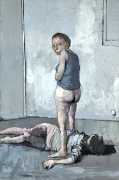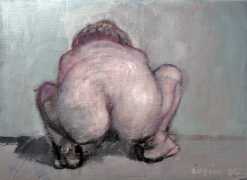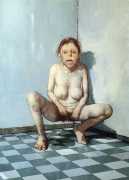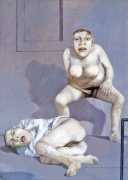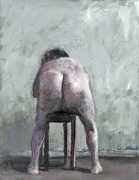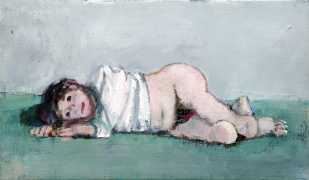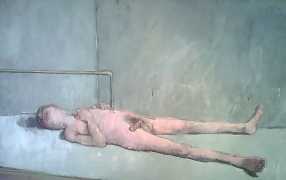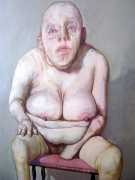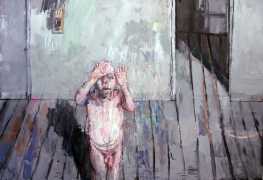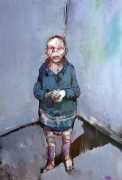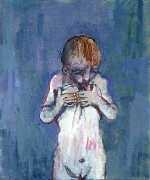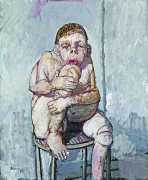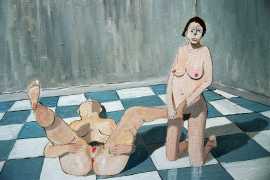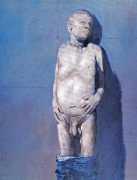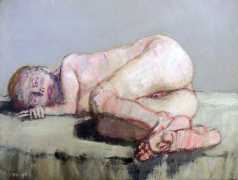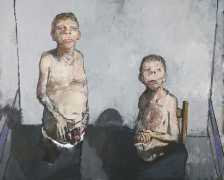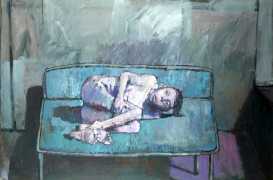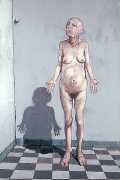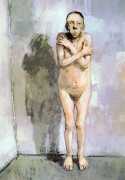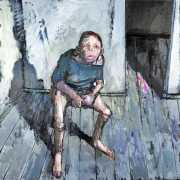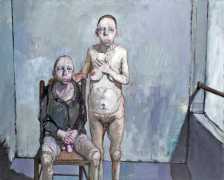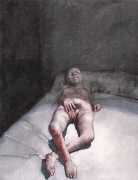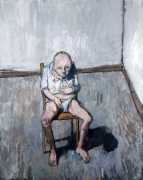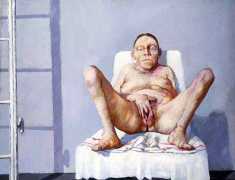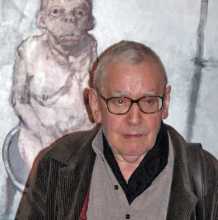 The French artist Jean Rustin was the youngest of a family of five children growing up in Montigny-lès-Metz in the east of France. At the start of the Second World War his family took refuge in Berry and then in Poitiers, where he began his secondary studies. It was at this time that he learned the violin and became interested in drawing; he continued to play the violin throughout his life, combining music and painting explaining that ‘one can play with colours as with notes’. He returned to Metz in 1944, passed his baccalaureate and painted his first canvases. In 1947 he enrolled in the École des Beaux-Arts in Paris and studied with Nicolas Untersteller.
The French artist Jean Rustin was the youngest of a family of five children growing up in Montigny-lès-Metz in the east of France. At the start of the Second World War his family took refuge in Berry and then in Poitiers, where he began his secondary studies. It was at this time that he learned the violin and became interested in drawing; he continued to play the violin throughout his life, combining music and painting explaining that ‘one can play with colours as with notes’. He returned to Metz in 1944, passed his baccalaureate and painted his first canvases. In 1947 he enrolled in the École des Beaux-Arts in Paris and studied with Nicolas Untersteller.
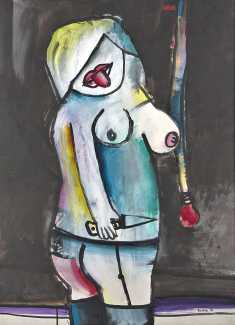
After a short period of painting Parisian scenes in watercolour, he moved to non-figurative painting in a style he called ‘lyrical abstraction’, and from 1959 to 1969 exhibited each year at the Parisian gallery La Roue. In 1971, the ARC modern art museum in Paris organised a retrospective of 150 of his paintings and watercolours.
Around 1971 Jean Rustin had what art critic Edward Lucie-Smith calls ‘a Pauline conversion’, when he relatively suddenly found his previous style of painting too pretty and decorative. He wrote that ‘I was tired of making a masterpiece every day’, and for the rest of his artistic life his subject matter concentrated on the raw, naked aspects of human beings surviving in a bleak and hostile world.
From 1981 to 1986 Rustin exhibited in the gallery of Isy Brachot in the rue Guénégaud in Paris, and in 1982 Évelyne Artaud organized an exhibition of his works at the Maison des Arts in Créteil. This exhibition caused something of a scandal, on the grounds that it could offend young people who frequented the cultural centre; as a result only adults were allowed into the exhibition, which itself provoked further controversy.
Jean Rustin stubbornly continued to paint the same subject, and as a result was neglected by critics and sidelined by galleries. He had his champions, however, notably Edward Lucie-Smith, who devoted an important monograph to him in 1991, comparing his work and influence with that of Lucian Freud.
In 2001 the Halle Saint Pierre organised the third retrospective of his work in France, followed in 2004 by a special exhibition of recent works at the Paris City Hall. In 2005 the Frissiras Museum in Athens paid him a retrospective tribute, and in 2007 the town of Legnano near Milan dedicated a major retrospective exhibition to him.
We would like to thank our Russian friend and contributor Yuri for introducing us to the work of this artist and supplying many of the images.





























